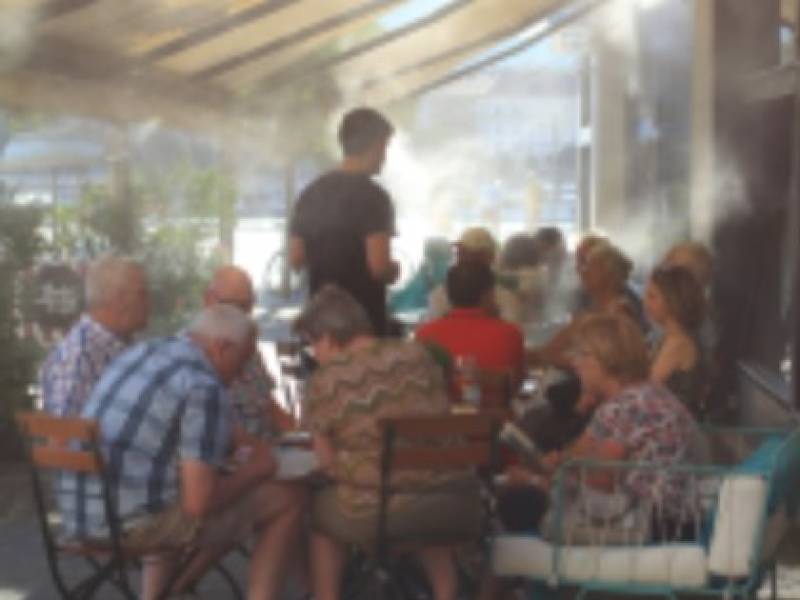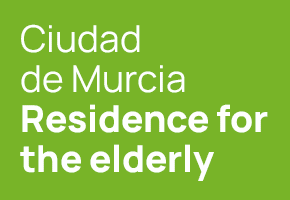- Region
- Águilas
- Alhama de Murcia
- Jumilla
- Lorca
- Los Alcázares
- Mazarrón
- San Javier
-
ALL AREAS & TOWNS
- AREAS
- SOUTH WEST
- MAR MENOR
- MURCIA CITY & CENTRAL
- NORTH & NORTH WEST
- TOWNS
- Abanilla
- Abarán
- Aguilas
- Alamillo
- Alcantarilla
- Aledo
- Alhama de Murcia
- Archena
- Balsicas
- Blanca
- Bolnuevo
- Bullas
- Cañadas del Romero
- Cabo de Palos
- Calasparra
- Camping Bolnuevo
- Campo De Ricote
- Camposol
- Canada De La Lena
- Caravaca de la Cruz
- Cartagena
- Cehegin
- Ceuti
- Cieza
- Condado de Alhama
- Corvera
- Costa Cálida
- Cuevas De Almanzora
- Cuevas de Reyllo
- El Carmoli
- El Mojon
- El Molino (Puerto Lumbreras)
- El Pareton / Cantareros
- El Raso
- El Valle Golf Resort
- Fortuna
- Fuente Alamo
- Hacienda del Alamo Golf Resort
- Hacienda Riquelme Golf Resort
- Isla Plana
- Islas Menores & Mar de Cristal
- Jumilla
- La Azohia
- La Charca
- La Manga Club
- La Manga del Mar Menor
- La Pinilla
- La Puebla
- La Torre
- La Torre Golf Resort
- La Unión
- Las Palas
- Las Ramblas
- Las Ramblas Golf
- Las Torres de Cotillas
- Leiva
- Librilla
- Lo Pagan
- Lo Santiago
- Lorca
- Lorquí
- Los Alcázares
- Los Balcones
- Los Belones
- Los Canovas
- Los Nietos
- Los Perez (Tallante)
- Los Urrutias
- Los Ventorrillos
- Mar De Cristal
- Mar Menor
- Mar Menor Golf Resort
- Mazarrón
- Mazarrón Country Club
- Molina de Segura
- Moratalla
- Mula
- Murcia City
- Murcia Property
- Pareton
- Peraleja Golf Resort
- Perin
- Pilar de la Horadada
- Pinar de Campoverde
- Pinoso
- Playa Honda
- Playa Honda / Playa Paraíso
- Pliego
- Portmán
- Pozo Estrecho
- Puerto de Mazarrón
- Puerto Lumbreras
- Puntas De Calnegre
- Region of Murcia
- Ricote
- Roda Golf Resort
- Roldan
- Roldan and Lo Ferro
- San Javier
- San Pedro del Pinatar
- Santiago de la Ribera
- Sierra Espuña
- Sucina
- Tallante
- Terrazas de la Torre Golf Resort
- Torre Pacheco
- Totana
- What's On Weekly Bulletin
- Yecla


- EDITIONS:
 Spanish News Today
Spanish News Today
 Alicante Today
Alicante Today
 Andalucia Today
Andalucia Today
Date Published: 03/07/2025
Why cities in Spain feel hotter than ever: The heat island effect explained
Scorching nights, poor sleep and rising energy bills – how Spain’s urban ‘ovens’ are trapping heat and affecting your health
 Spain has already endured its first official heatwave of the season, with scorching daytime temperatures, health warnings and unbearable nights especially in inland cities. Even though the wave has officially subsided, high night-time temperatures have lingered in southern and Mediterranean areas. And one of the reasons is a little-known but powerful and growing phenomenon called the ‘urban heat island effect’.
Spain has already endured its first official heatwave of the season, with scorching daytime temperatures, health warnings and unbearable nights especially in inland cities. Even though the wave has officially subsided, high night-time temperatures have lingered in southern and Mediterranean areas. And one of the reasons is a little-known but powerful and growing phenomenon called the ‘urban heat island effect’.Essentially, this effect makes city centres significantly hotter than surrounding rural areas, especially overnight.
“The main reason is that at night, materials like concrete and asphalt release a large amount of the heat they have accumulated during the day,” explains meteorologist Marta Almarcha. That means places like Madrid, Barcelona, Valencia and Zaragoza stay warm well into the early hours, offering little relief from the daily heat.
On average, this temperature difference can be between 3 and 4 degrees Celsius, but during heatwaves the gap can be even more pronounced. The larger and more built-up the city, the worse the effect.
It’s not just a summer issue either. According to experts, this heat-trapping can also happen in winter. In fact, it’s often more noticeable then, when temperatures differ dramatically between city centres and their outskirts.
“You can be on the edge of the city and it’s snowing, and then drive into the centre and it feels almost mild,” notes Meteored meteorologist Samuel Biener.
But what causes the heat to linger so stubbornly? Aside from heat-retaining materials, a lack of greenery in urban centres plays a big part. Trees and plants help absorb solar energy and evaporate water, both of which cool the air. Without them, cities become ovens.
“Large buildings block the passage of wind, making it difficult for air currents to ventilate the city,” Almarcha adds.
And it’s not just about discomfort. These urban heat zones can affect sleep, trigger respiratory issues and increase the risk of dehydration or fatigue, especially in older people.
“Insomnia, malaise, and even higher mortality from heat exhaustion are a concern,” Biener warns, noting that the heat also leads to worse air quality and soaring energy costs as more people rely on air conditioning to get through the night.
To tackle the issue, experts are calling for greener, more sustainable urban planning. Solutions include:
- Adding rooftop vegetation
- Expanding parks and green spaces
- Designing buildings with natural airflow in mind
- Reducing car usage
- Creating incentives through green taxes
It’s a long-term challenge, but one that’s growing harder to ignore as southern Spain faces ever more frequent tropical nights and longer heatwaves.








